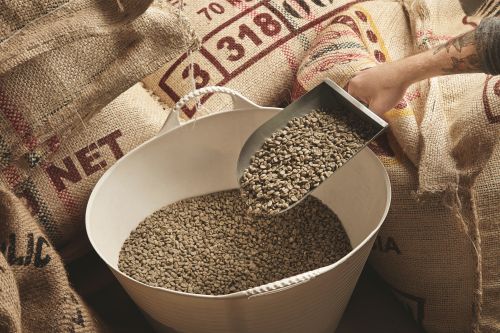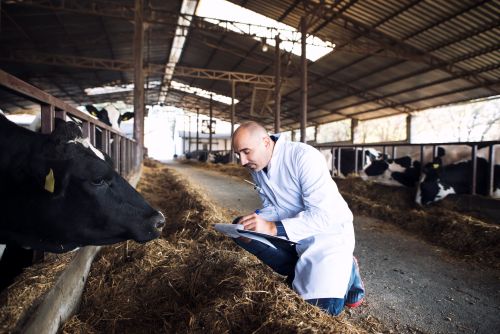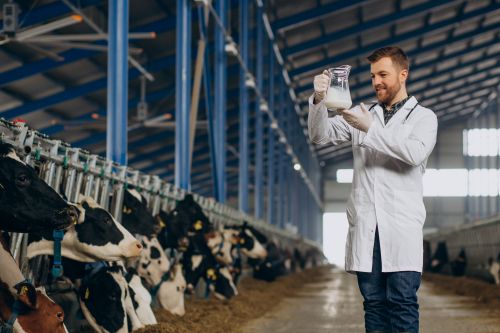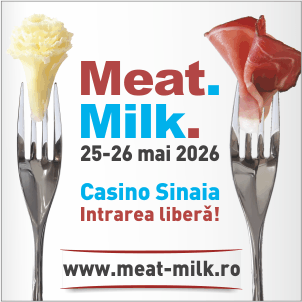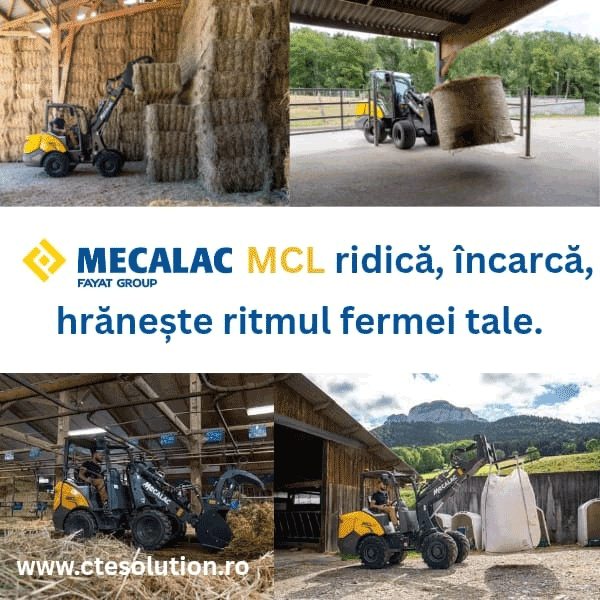792
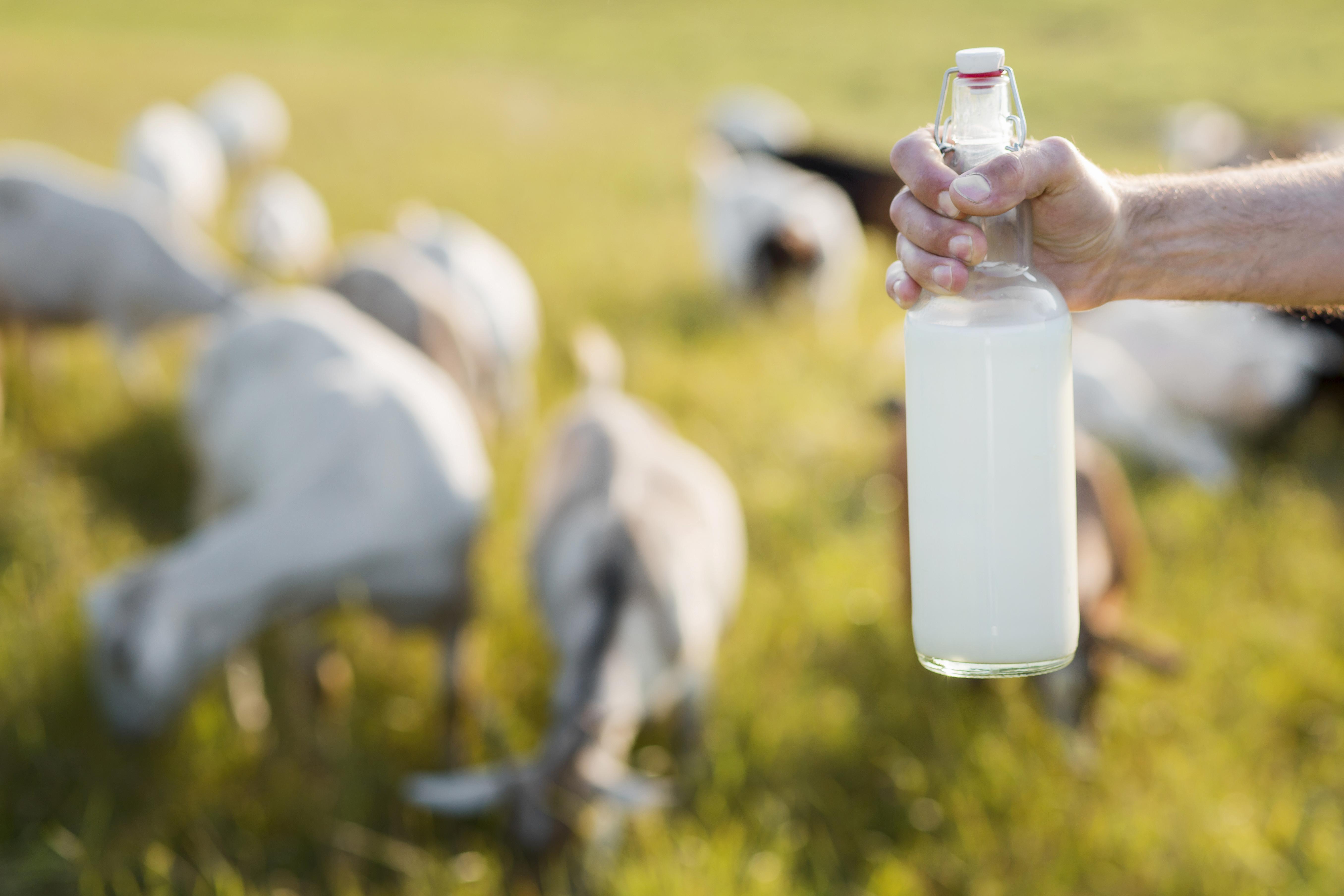
Romania’s Dairy Processing Industry: Between Modernization and Local Adaptation
Romania’s dairy processing industry is a key segment of the agri-food sector, ensuring the transformation of a highly perishable raw material into a wide variety of value-added dairy products. However, the performance of local processors is heavily influenced by the fragmented structure of primary production, price pressures, and relatively low investment in modern technologies in certain regions.
Currently, Romania has over 200 dairy processing facilities authorized by veterinary and food safety authorities. Of these, only around 30–40 operate at an industrial scale, with processing capacities exceeding 100,000 liters per day. The rest are either small factories or artisanal units, typically located in rural areas and processing limited quantities—generally under 5,000 liters per day.
The country’s total processing capacity theoretically exceeds 1.5 million liters per day, but actual utilization remains below 60%. This is largely due to challenges in collecting raw milk, particularly from small farms and individual households. Geographical dispersion of producers, the lack of local milk collection centers, and inadequate road infrastructure in some regions contribute to this underutilization.
In terms of investment, large processors have made significant strides toward modernization. Over 65% of medium and large-scale factories are now certified under IFS, ISO 22000, or HACCP standards, and many have implemented automated processing lines for pasteurization, homogenization, fermentation, and packaging. Investment has been concentrated mainly in regions such as Transylvania, southern Moldova, and central Muntenia, where agricultural infrastructure is more developed.
In addition to food safety requirements, pressure from major retail chains and rising consumer demand for cleaner, traceable products is pushing processors to invest in eco-friendly packaging, digital labeling, and batch traceability systems. Furthermore, the digitalization of internal processes—from milk reception to inventory management—has become a necessity for facilities seeking greater efficiency and scalability.
By contrast, small and medium-sized dairies face significant obstacles in accessing financing, attracting skilled personnel, and complying with increasingly stringent sanitary-veterinary regulations. In many cases, investments have been made with support from European funds (through PNDR and AFIR programs), but economic sustainability remains fragile in the absence of a steady supply of high-quality milk.
One promising direction is the development of micro-processing units integrated into farms or cooperatives, focusing on artisanal products, niche milk types (e.g., A2, lactose-free), and direct-to-consumer distribution. Public policies that promote short supply chains and “local origin” labeling can also support decentralized processing and rural development.
In conclusion, Romania’s dairy processing sector sits at a crossroads between accelerated industrialization and the need for localized adaptation. The industry's ability to invest in technology, meet EU compliance standards, and add value to its final products will shape its future competitiveness on both the national and regional markets.
(Photo: Freepik)
